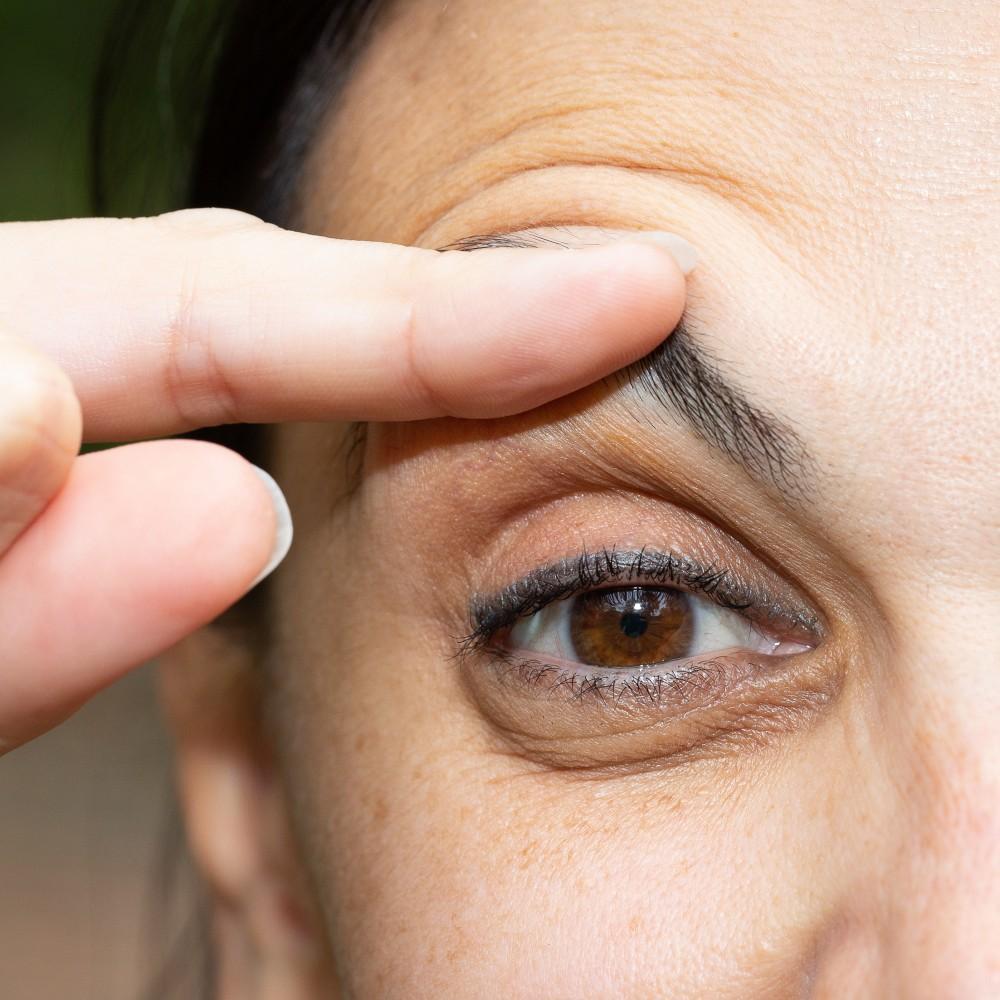
Stimulate Collagen Production With CO2 Laser Treatments

Laser skin rejuvenation is similar to microneedling, but the channel wounds are created by light energy rather than by sharp needles. The skin-stimulating effect of fractional laser therapy can be quite dramatic. Because our specialist can customize CO2 laser treatments, it means the intensity and distribution of the light beams, as well as the depth to which they penetrate, can be altered and positive results that meet or exceed the expectations of the client are nearly always realized.
We get a lot of questions about fractional CO2 laser treatments, with most of the queries centering around the difference between laser skin rejuvenation and IPL. We’re sometimes asked about the safety issue because the treatment does indeed involve gouging tiny channel wounds through the skin. To learn more, contact Plateroti Dermatology today!
How CO2 Laser Treatments Work
These lasers use carbon dioxide gas because the resulting laser beams are longer in wavelength. This means the energy is more direct, just as infrared light is a longer wavelength than ultraviolet. Infrared light is heat waves, and the single light frequency emitted from a CO2 laser is also packed with energy. However, the beams are pixilated, meaning the original beam is broken up into fractionals. Each beam can create a tiny channel wound, and because the wavelength is longer, the dermatologist or skin surgeon can easily control the depth to which the pixilated beams penetrate the skin.
This means that the instrument can be used to create tiny wound shafts that go deeper and deeper with each laser pulse. The energy is absorbed by denser tissues below the surface, and this stimulates the creation of replacement tissue. As many of our clients know, micro-needling is often referred to as collagen induction therapy, and CO2 fractional laser treatments result in the same skin rejuvenation process.
About the Procedure
After we consult with the client and design a treatment schedule, we have the client make an appointment for the initial procedure. The laser is positioned above the skin surface in the area of concern. This could be skin that is brittle, showing fine wrinkles and marionette lines, or containing discolorations. The lamp is pulsed for a very brief period of time. This creates tiny shaft wounds in the skin.
After treatment, the body begins to respond to these minuscule injuries. The channel wounds fill with scar tissue, blood platelets, and nutrients. Eventually, the old, damaged tissues are literally pushed up and out in the form of dried, dead skin cells. The client won’t notice this because it happens gradually, with damaged cells being washed off whenever the client bathes or washes the face.
After several treatments, the amount of collagen in the skin has noticeably increased. The heat actually shrinks collagen, and this stimulates production. The skin is now smoother, more even in tone, and shows fewer wrinkles and discolorations.
Safe and Simple Treatment
The idea of using lasers can sound a bit scary. Keep in mind, however, that low-power lasers aren’t harmful. When carefully calibrated, they damage the skin on purpose, but there’s plenty of healthy tissue surrounding the channel wounds, and the replacement tissues are healthier still.
Contact us for more information about CO2 laser treatments for skin rejuvenation. You’ll learn all you need to know about how this type of skin therapy can restore your face to a more youthful condition.
You Might Also Enjoy...


Hasta La Vista, Double Chin! I'm Getting Kybella

Photodynamic Therapy (PDT): Your Speedy Solution to Adult Acne

Surgery Isn't the Only Solution for Saggy Eyelids. Try Upneeq® for a Noninvasive Lift

Pre-and Post-IPL Procedure Guidelines to Get the Most from Your Treatment

